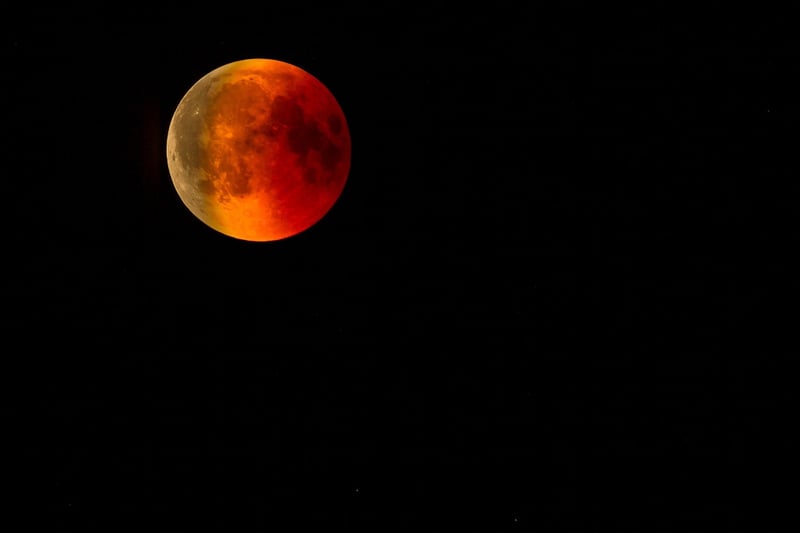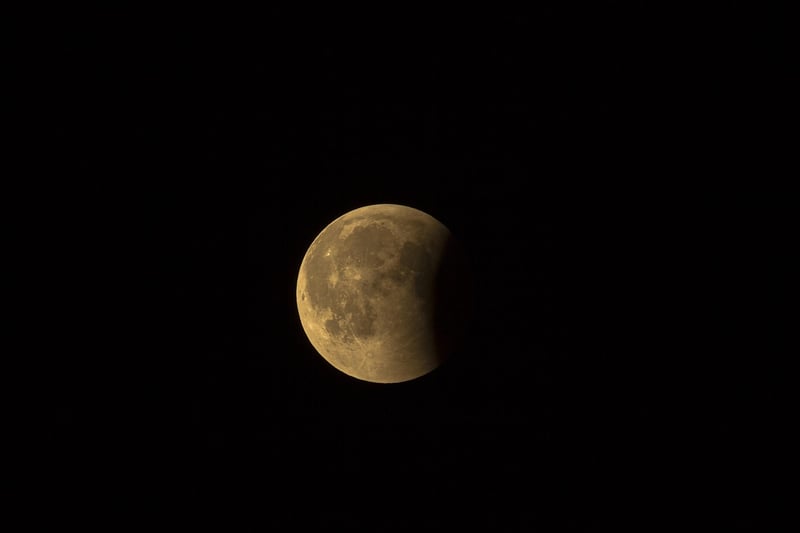Lunar Eclipses
The Enigmatic Beauty of Lunar Eclipses
As we gaze up at the night sky, we are often captivated by the celestial wonders that unfold before our eyes. Among the most captivating astronomical phenomena is the lunar eclipse, a mesmerizing event that has captured the imagination of cultures around the world for centuries.
What is a Lunar Eclipse?
A lunar eclipse occurs when the Earth comes between the Sun and the Moon, causing the Earth's shadow to fall on the Moon. This alignment results in a stunning celestial display as the Moon gradually darkens and takes on a reddish hue, earning it the nickname "blood moon."
Types of Lunar Eclipses
There are three main types of lunar eclipses:
- Partial Lunar Eclipse: When only a portion of the Moon enters the Earth's shadow.
- Total Lunar Eclipse: When the entire Moon is engulfed in the Earth's shadow, leading to the dramatic reddish color.
- Penumbral Lunar Eclipse: When the Moon passes through the Earth's penumbral shadow, resulting in a subtle darkening of the lunar surface.
Significance and Cultural Impact
Lunar eclipses have long held cultural and spiritual significance in various societies. Many ancient civilizations viewed lunar eclipses as omens or signs from the gods, while some cultures performed rituals to ward off perceived threats associated with the event.
Today, lunar eclipses continue to inspire awe and wonder, serving as reminders of the vastness and beauty of the universe.
Witnessing a Lunar Eclipse
To witness a lunar eclipse, all you need is a clear view of the night sky. Lunar eclipses are safe to observe with the naked eye, making them accessible to people of all ages.
So, mark your calendars for the next lunar eclipse and prepare to be spellbound by the enigmatic beauty of this celestial phenomenon.

Image Source: Pixabay
